Aiming High, The Rise of Takeyuki Nameura
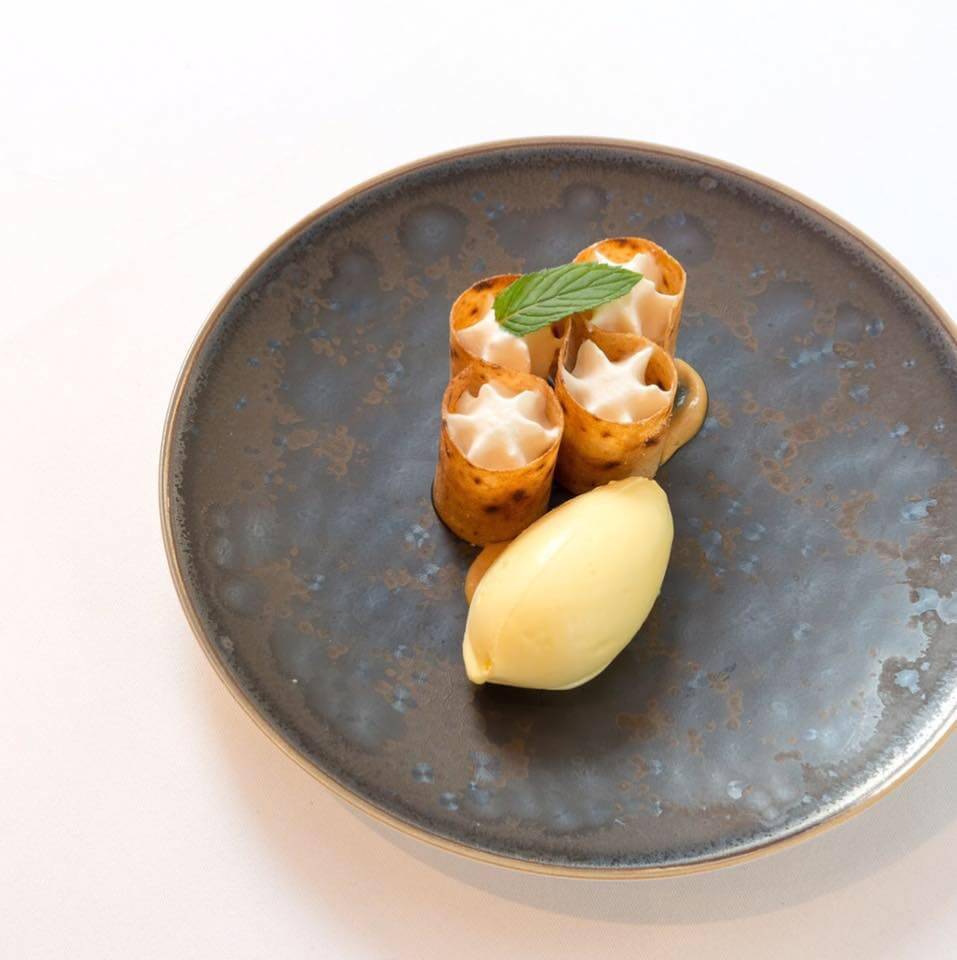
©Montée
Takeyuki Nameura began his culinary career in Kobe and in Osaka. After having studied in the south of France, he returned to Japan in 2006 to Kobe where he opened his own restaurant which he named Montée (French for “the rise”), a nod to the steep street on which the space is located.
Upon his return to France a decade later in 2016, Nameura rewrote Montée, opening a space in the fourteenth arrondissement. The restaurant appears to be anonymous. There is no signage on the front of the building, the interior is minimalist in its small space. Yet the essential lies in the French gastronomy that follows the shift of the seasons with a focus on meticulously selected ingredients. Running the show alone, Nameura orchestrates a kitchen which produces a healthy and innovative cuisine.
Any potential risks have certainly paid off, achieving critical acclaim beyond his wildest dreams. The small Montparnasse restaurant has made it big (symbolically of course, no one has been shifting walls) for Nameura received his first Michelin star in 2018. A worthy recompense for inspired perseverance.
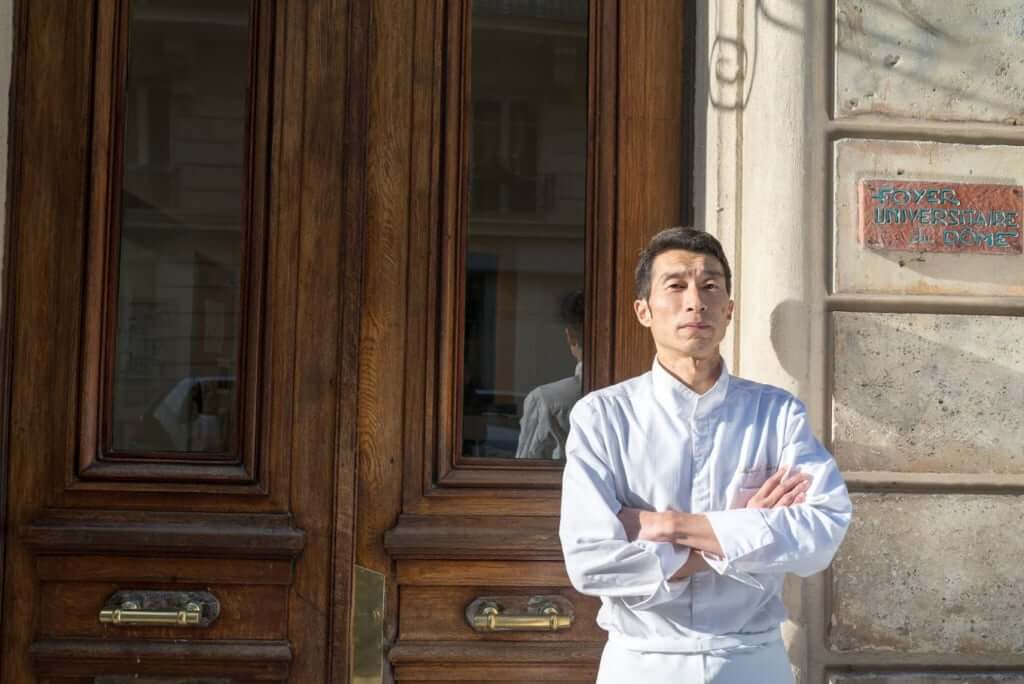
©Montée
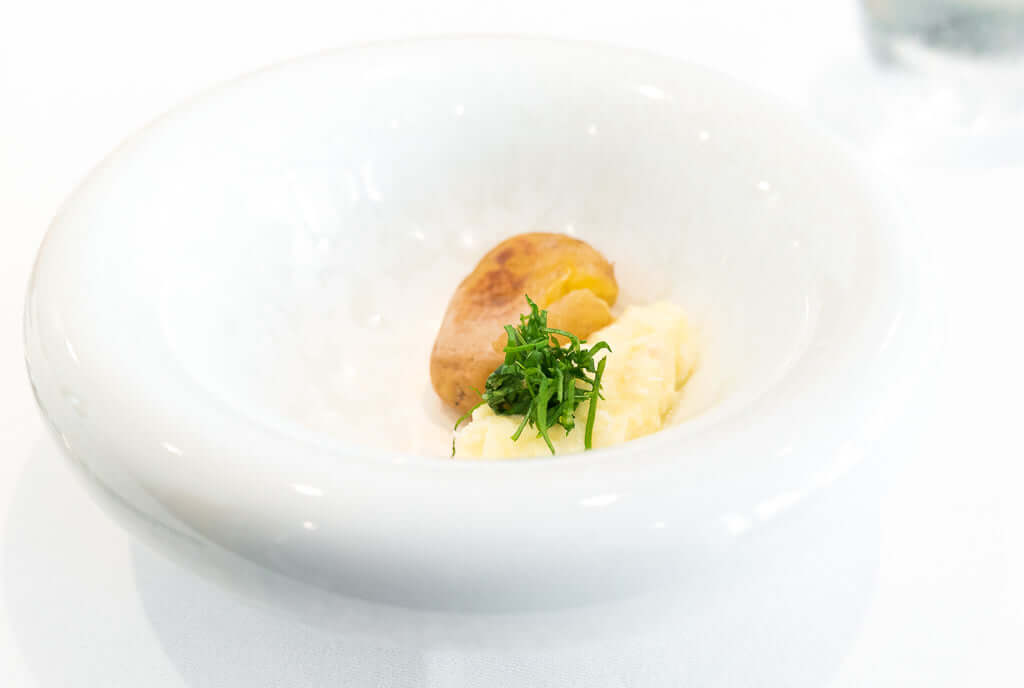
©Montée
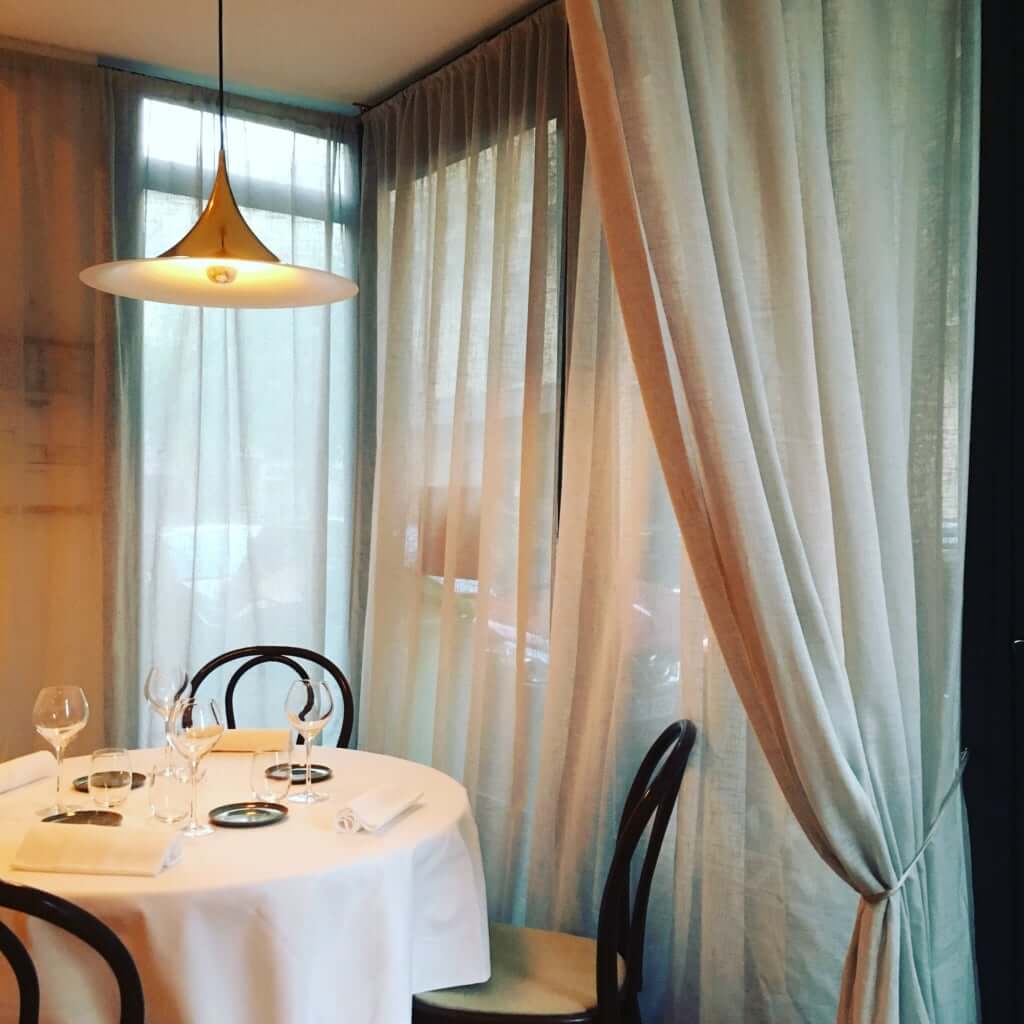
©Montée
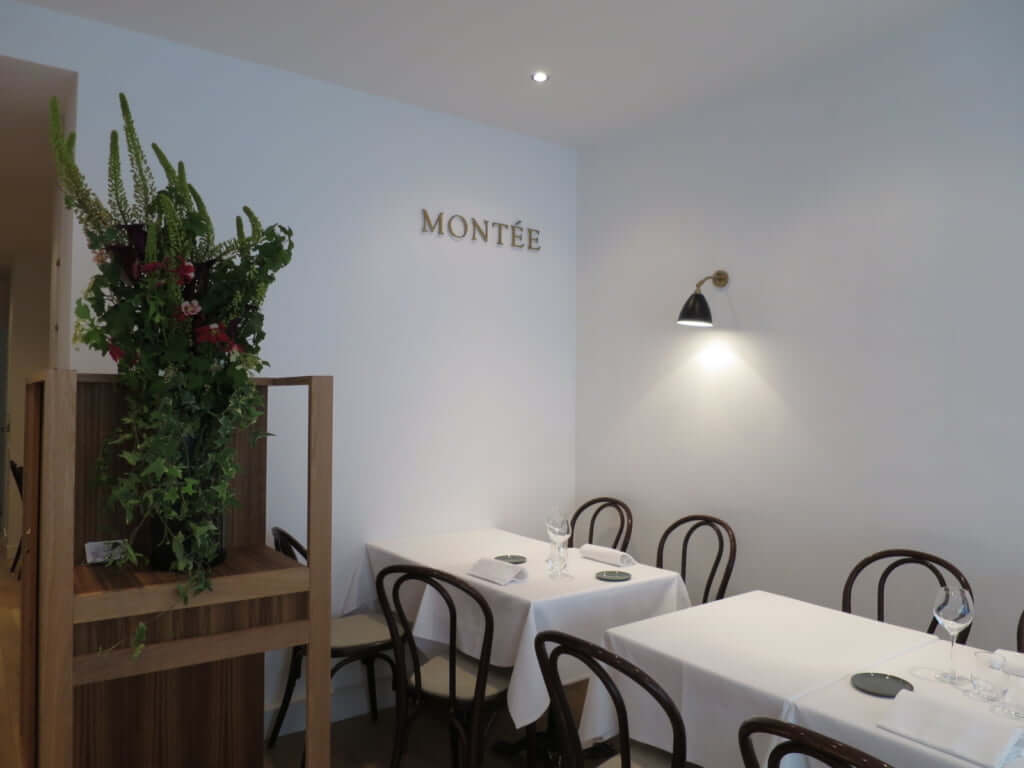
©Montée
TRENDING
-
Yakumo Saryo: A Culinary Voyage in Tokyo
Shinichiro Ogata makes objects from glass, ceramics and bronze but is also a fantastic cook. Have a taste of both his talents at restaurant Yakumo Saryo.

-
WA BI GIN : (An Old) Affair of Passion
The Japanese distillery Hombo Shuzo, first known for their shoshu, decided to launch itself into artisanal production of gin. Thus, WA BI GIN was born.

-
Gome Pit, the Pop-Up Bar in a Waste Treatment Facility
Japan never ceases to surprise. Gome Pit is a pop-up bar with an unobstructed view over a pit where tonnes of waste are piled up before being incinerated.

-
A Japanese Tea Room Perched Atop a Rooftop
The building, in keeping with the minimalist style of its creator, offers a splendid view of Vancouver Bay and the surrounding mountains.

-
Discover Japanese Gastronomy Through The Solitary Gourmet Manga
This illustrated black and white album follows its lead through various bars, celebrating the Japanese art of living.





